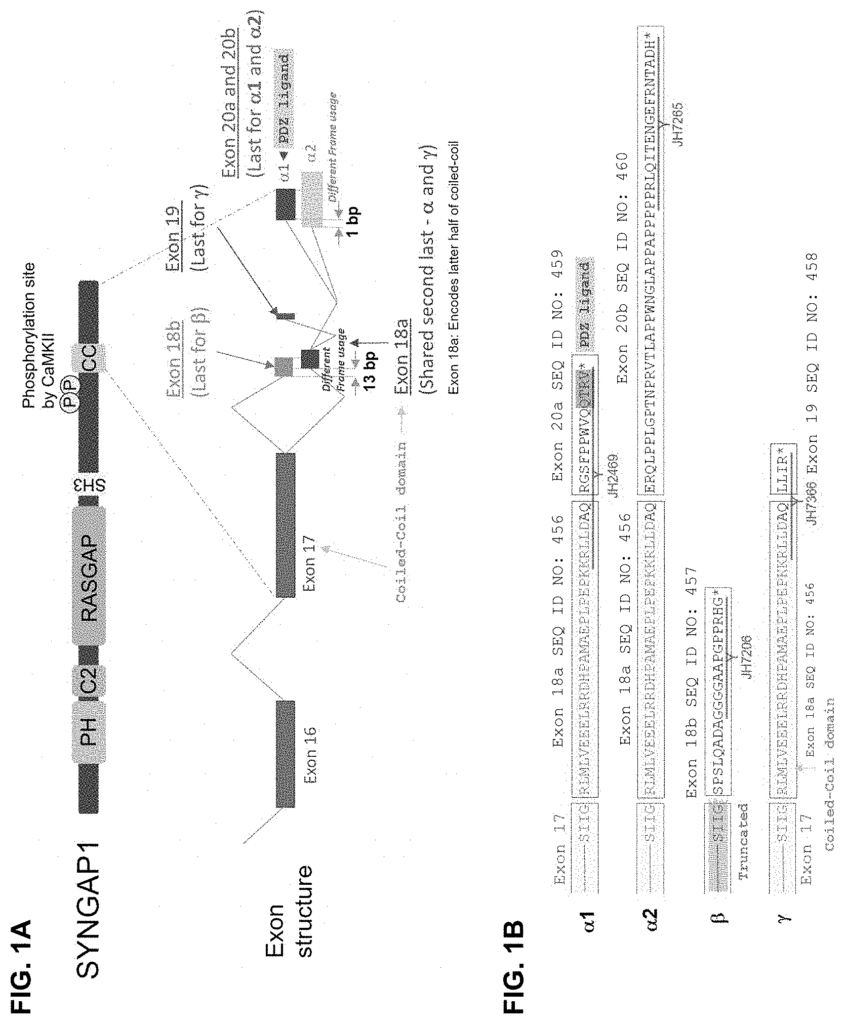Unlocking Therapeutic Potential by Targeting SYNGAP in Neurological Disorders
Introduction
Neurological disorders, particularly those rooted in genetic mutations, present a significant challenge for both patients and healthcare providers. One such condition, caused by mutations in the SYNGAP1 gene, leads to a variety of neurodevelopmental problems, including intellectual disabilities, epilepsy, and autism spectrum disorders. Despite its profound impact on patients, there are currently no therapies that directly target SYNGAP1 modulation. Our patented technology offers a novel approach to modulating SYNGAP1, presenting an exciting opportunity to develop therapies that could transform the lives of individuals suffering from these complex conditions.
Gaps in Current Treatment Options
Today’s treatments for SYNGAP1-related disorders are largely focused on managing symptoms, such as seizures and behavioral issues, without addressing the underlying cause of the condition. While symptom management can improve some aspects of patient care, it falls short of providing meaningful improvements in cognitive function or long-term quality of life. Families and healthcare providers are searching for new therapeutic strategies that go beyond symptomatic relief, targeting the root genetic causes of these disorders to provide more comprehensive and impactful treatments.
A New Path Forward with SYNGAP Modulation
Our patented technology focuses on modulating SYNGAP1, a gene that plays a critical role in synaptic development and cognitive function. By directly targeting the mechanisms responsible for the proper regulation of this gene, this approach opens the door to addressing the core deficits associated with SYNGAP1-related disorders. This innovation offers the potential not just for symptom relief, but for meaningful improvements in cognitive function, behavior, and quality of life for patients who currently have limited treatment options.
Beyond neurodevelopmental conditions, SYNGAP modulation holds potential for other neurological disorders involving synaptic dysfunction, broadening the impact of this technology across the field of neuroscience.
Why This Technology Matters
- Targeted Therapy: This technology represents a shift from managing symptoms to targeting the root cause of SYNGAP1-related disorders, offering the potential for more effective, long-term treatments.
- Improved Quality of Life: By modulating SYNGAP1, this approach has the potential to improve cognitive and behavioral outcomes in patients, providing hope for better developmental progress and overall well-being.
- Broad Applicability: While focused on SYNGAP1, this technology has implications for a wide range of neurological disorders, offering broad potential for future therapeutic development.
- A Breakthrough for Rare Diseases: As rare diseases like SYNGAP1-related intellectual disabilities remain underfunded and underserved, this technology presents an opportunity to lead the way in developing impactful treatments.
Bringing a New Era of Neurological Care
Licensing this patented SYNGAP modulation technology offers a unique opportunity to bring cutting-edge therapies to patients who need them the most. With a growing focus on genetic and molecular approaches to treating neurological disorders, this technology positions your company at the forefront of innovative therapies that can make a real difference in patient outcomes.

- Abstract
- Claims
What is claimed is:
Share
Title
Modulating SYNGAP
Inventor(s)
Richard Huganir, Ingie Hong, Yoichi Araki
Assignee(s)
Johns Hopkins University
Patent #
11618900
Patent Date
April 4, 2023
